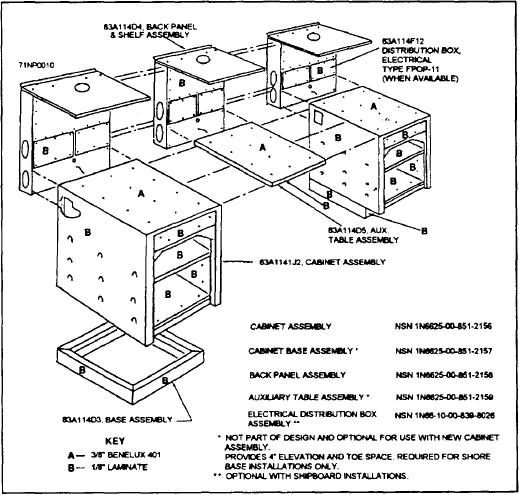
Extend wires attached to an instrument over the
Only authorized maintenance personnel having
proper approval should be permitted to gain
back of the workbench or worktable on which the
access to enclosures, connect test equipment, or
instrument is placed, and away from
test energized circuits or equipment.
observers --never over the front of the
Circuits should be de-energized and checked for
workbench.
continuity or resistance, rather than energized
Place a mat or folded cloth under the test
and checked for voltage at various points.
instrument when used in high-vibration areas.
When a circuit or a piece of equipment is
Remember that interlocks aren't always
energized, never service, adjust, or work on it
provided and, even when provided, they don't
alone.
always work. Removing the case or rear cover
of an instrument not equipped with an interlock
INSULATING AND PROTECTIVE
allows access to circuits carrying voltages
EQUIPMENT
dangerous to human life.
Insulated workbenches and decks and the use of
Don't change tubes or adjust inside equipment
rubber gloves are just a few of the requirements for
with the high-voltage supply energized.
personnel protection. The amount and type of personal
protective equipment used is dictated by the type of
Under certain conditions, dangerous potentials
work being performed and the area in which it is located.
may exist in circuits. With the power controls in
WORKBENCHES
the off position, capacitors can still keep their
charge. To avoid electric shock, always
As an EM, you test and repair equipment on a
de-energize the circuit, discharge the capacitors,
workbench in the electric shop. You must make sure
your workbench is properly insulated. Figure 1-4 shows
and ground the circuit before working on it.
Figure 1-4.--A typical electric workbench.
1-13

